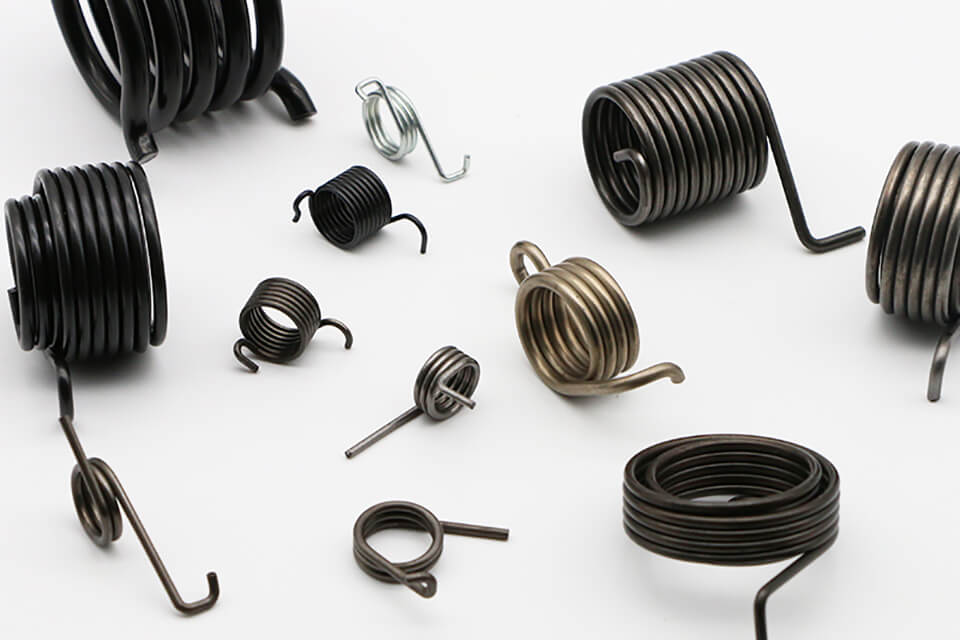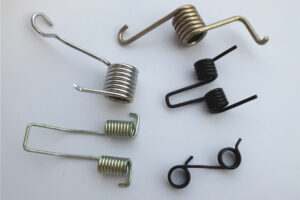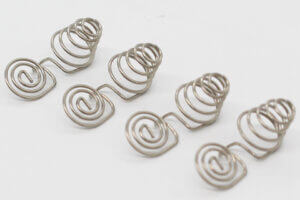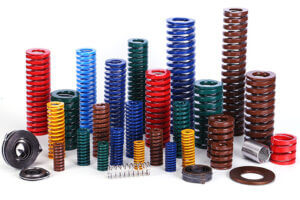Requirements for upsetting at both ends.
It is recommended to use the free die forging method or the bar top upsetting method for the upsetting of both ends, in order to obtain continuous and uniform streamline fibers. The crystal grains of this streamlined fiber move along the axis of the torsion spring, and the flow of metal crystal fiber from the shaft to the spline teeth is not interrupted.
Surface processing requirements.
The surface should have enough machining allowance to ensure the final grinding amount. Turning and grinding generally use a master to ensure the accuracy of the arc (or taper), and no knife marks or grinding marks are allowed. For the minimum processing of various hot-rolled steels with different diameters, for mass-produced torsion springs, considering the surface processing costs, specific surface and quality requirements can be put forward for the blanks to reduce the processing volume. For torsion springs that do not process dry surfaces (such as torsion springs with non-circular cross-sections), restrictions on the degree of surface decarburization, surface defects, and surface dimensional tolerances should be put forward.
Requirements for heat treatment.
Heat treatment is the key process for manufacturing high-strength torsion springs. For 45CrNIMOVA material, the heat treatment hardness is increased to HRC52-58, and then the strong torsion can make the torsion spring achieve the best strong torsion effect and maximize the working stress of the torsion spring.
Requirements for surface strengthening treatment.
In order to increase the fatigue life of the torsion spring, the torsion spring should be mechanically strengthened. Generally, surface strengthening methods such as rolling and shot peening are used.
Surface protection requirements.
In order to prevent corrosion and damage to the mechanical surface, surface treatment (such as phosphating, paint treatment) and methods such as rubber tape, nylon cloth, and epoxy paint can be used to protect it.




